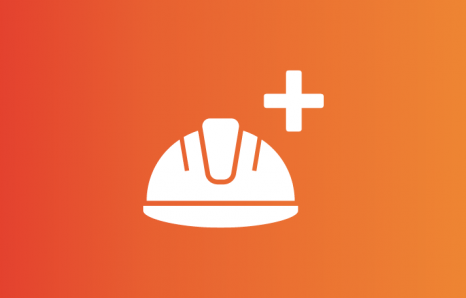We’re always looking for ways to keep everyone safe from harm at work. In this session, Claire Forshaw discusses situations where occupational hygiene can be used for rail projects, its benefits, and some real-world examples.
You may also be interested in:

Top tips to protect yourself from melanoma (skin cancer)
Melanoma is the deadliest skin cancer, but nearly 90% of cases are preventable—this short video covers key facts, sun safety tips, and how to spot early warning signs that could save your life.

Warm-up routine for shift work
Join Andy Picken as he demonstrates easy exercises to incorporate before or during your shift. Experience the benefits of simple Personal Protective Exercises (PPE) designed to boost your energy and ease your workday. This warm-up routine will help you stay active, reduce fatigue, and improve overall wellbeing, making your shift work more manageable and less physically taxing. Enhance your daily performance with these effective and accessible exercises.

Measuring health and wellbeing performance
How can we capture all incidents of poor health and wellbeing? What factors affect our confidence in the data? How can we use the data to inform health interventions? If you’re involved in measuring health and wellbeing performance, this session answers questions you may have.
